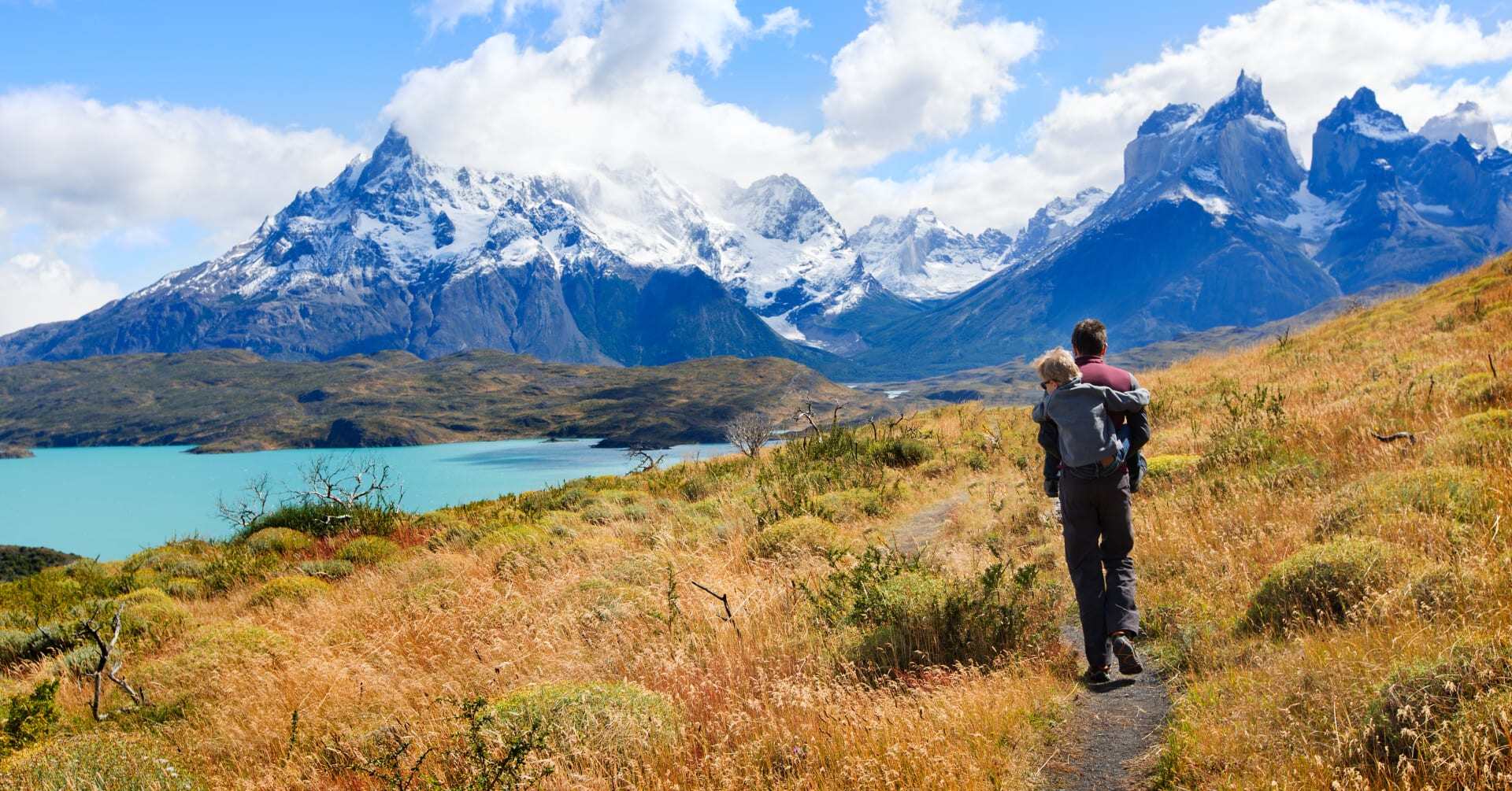How to enjoy travelling in Ecuador whislt being aware of the environment around you
Ecuador. The name comes from the country’s unique positioning on the planet. It sits on the equator between Peru and Colombia. And like its name, almost every aspect of Ecuador is extraordinary, from the Andean highlands boasting a tapestry of snow-capped peaks and active volcanoes to the depths of the Amazon Rainforest, where a rich and diverse biodiversity thrives.
Spotting of the legendary pink dolphin leaves onlookers wondering if their sight is playing tricks on them, while the rustling leaves and piercing cries heard in the Cloud Forests are thanks to resident sloths and howler monkeys. The wildlife along the coast is equally spectacular. Whales break through the ocean’s surface, and sea lions nap on pearly white beaches. At the same time, iguanas and tortoises denote your arrival at the Galápagos Islands – Charles Darwin’s favourite spot for observing evolution. Indigenous cultures, Inca remains, ancient traditions and locally run establishments also run through the country with as much density as the rainforest.
With so much on offer and playing a significant part in the Earth’s ecological balance, Ecuador has much to protect. Thankfully, the country is leading the way in sustainable and responsible travel, so much so that they were named the World’s Leading Green Destination in 2021 and ‘South America’s Leading Green Destination in 2022’ by The World Travel Awards.
While the country has found a balance between preserving its heritage, landmarks, and landscapes with conservation, you can take plenty of responsible actions and activities during your holiday to Ecuador.
Why not make memories while making a difference with these tips?

|
Have a look at our itineraries for Ecuador:
- Ask Permission for Photos
At Wayfairer, we believe privacy is sacred. No matter how exotic the culture and people of Ecuador look, they are humans with the right to say no to being photographed. So, to be a responsible traveller, you must ask their permission to photograph them. This especially applies to children. You must always ask an adult or their parent first. It costs you nothing to have a small chat, and it’s everything to them to feel comfortable and safe in their home environment.
- Shop Locally
Another great way to support locals is to shop locally. We’ve said it before, and we’ll say it again; buying locally supports the local community and the individuals who make the handmade products. Plus, in larger shops and markets (for example, in Otavalo), the arts and crafts you’ll see are often imported, but if you want the authentic rainbow-coloured alpaca ponchos sported by locals, then visit small markets (for example, Saquisilí on Thursdays) or weavers’ cooperatives. During our Haciendas by Horseback itinerary, you’re given the opportunity to visit local workshops of handcrafts in Agato and Peguche! Please note that any cheap alpaca textiles offered to you are usually fake.

|
- Eat Locally
Along the same lines, eating locally (at establishments run by local people) is an excellent way of supporting the country and getting to know its personality, flavours and quirks. Some local dishes to look out for are Locro de papas, a potato soup with toasted maize, sliced avocado, and cubed cheese from the Andes. Seco de chivo is also excellent. It is pork and rice mixed with a sauce.
Our The Best of Ecuador’s Wildlife itinerary allows you to explore Quito with your senses. A specialist guide will take you along the city’s less followed paths, talking you through medicinal herbs, fresh juices, local produce and traditional cleansing. A local curandero (healer) will give you a better understanding and appreciation of Ecuadorian cuisine and market life’s benefits.

|
- Stay locally
You’ve probably guessed it, but staying in accommodations in Ecuador run by local inhabitants benefits the country’s economy. It also allows you to explore off-the-beaten-track locations, meet the families that own them and have the chance to try unique activities like handmaking chocolate picked from the family-run lodges.
During our Haciendas by Horseback itinerary, you can stay at La Alegría in Machachi, a warm lodge celebrating the traditions and customs of the local chagras – the highland people. In goat-skin chaps and ponchos, these people teach guests about their centuries-old techniques for herding cattle. Another option during this trip is to stay at Chilcabamba Mountain Lodge, which uncovers the lesser-seen sides of Cotopaxi National Park and offers horse-riding excursions into the wilderness.
- Interact with Locals and Learn about Traditions
While your accommodation is a great way to learn about local traditions and interact with the staff, you can also actively learn about the local heritage.
Our The Best of Ecuador’s Wildlife itinerary visits the Mitad del Mundo with knowledgeable guides teaching you about the place where pre-Inca and Inca civilisations celebrated the yearly equinox. Later in the same itinerary, you’ll meet the Secoyas people who live near Yasuni, and they’ll show you how to prepare traditional cassava bread. The Cotopaxi National Park has an Interpretation Centre worth visiting to learn about the history of the volcano’s major eruptions. A Kichwa family on the banks of the Napo River will also teach you about their lifestyle and connection to the rainforest.

|
- Learn the Language
When meeting these locals, it’s kind to learn a bit of the country’s language – nearly three-quarters of Ecuadorians use mestizo. Smaller communities might have their own languages, but if you greet a highlander in Kichwa with Imanalla (how are you) or allipuncha (good morning), you’ll make them feel more at ease.
- Visit Conservation & Research Centres
We’ve already spoken about visiting locals to learn about the country’s history. Still, you can also visit conservation and research centres to learn about Ecuador’s sustainable and responsible programmes. This might inspire you to help aid the country’s endeavours in supporting and protecting the environment and wildlife.
Our The Best of Ecuador’s Wildlife itinerary takes you to Yasuní National Park. Here, you can get involved with pink dolphin conservation programs operated by the Martinica community in the Cocaya area, where dolphins live and feed without the risk of being hunted. You can also interact with these beautiful animals! The same trip will take you to the Limoncocha Biological Reserve in the primary forest. You can see this protected area and discover almost 500 bird species and dozens of monkeys!

|
- Respect the Wildlife & Landscape
One big draw to Ecuador is seeing the wildlife, especially the many unique species on the Galápagos Islands. The marine life is fragile, and the wildlife is constantly at risk from the increase of developments and tourism, so keep a respectful distance from the wildlife. Let them have space to live and feed without interruption, and don’t get too close when photographing them.
Hiking the phenomenal terrain in Ecuador is another popular activity. But only pack biodegradable products, like biodegradable bags, tissues, and eco-friendly sun cream. Remember, though, anything you bring must leave with you – do not litter or drop things. If you do, pick it up!
Fancy witnessing this for yourself?
Speak to one of our specialists and book your next big adventure !










